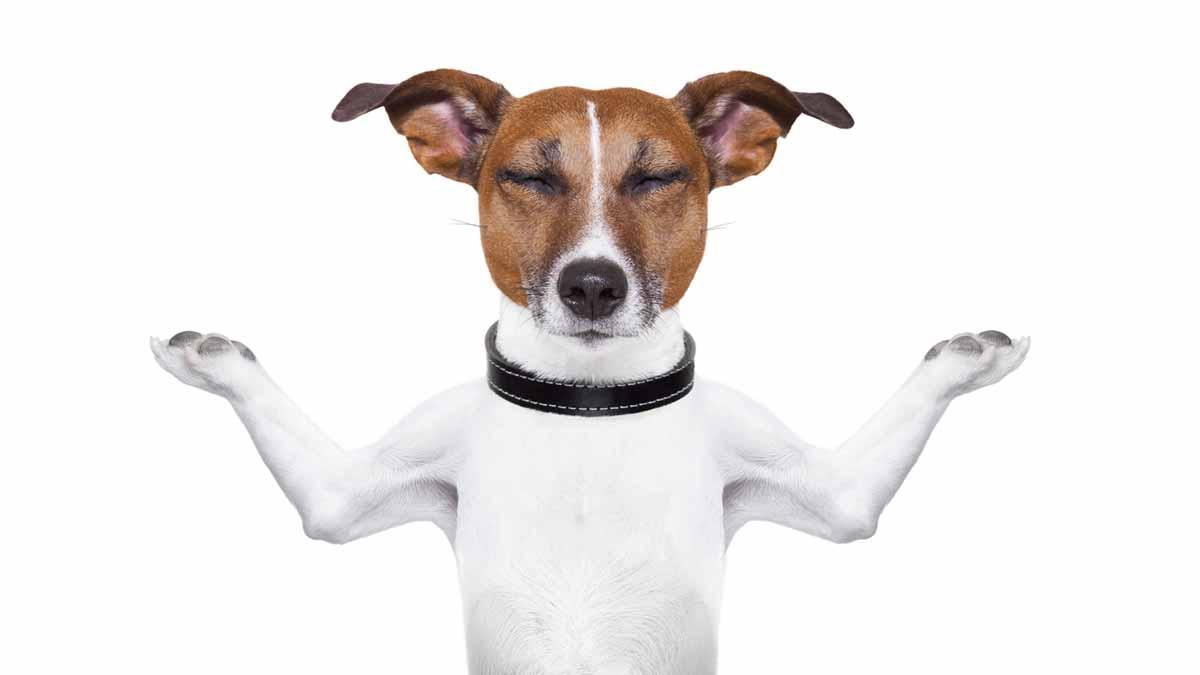
Tibial Plateau Leveling Osteotomy, commonly known as TPLO surgery, is an orthopedic surgical procedure performed on dogs to treat torn cranial cruciate ligaments in their knees. Here are some tips to help pet owners navigate their dog’s TPLO surgery recovery:
Understanding The Procedure
The Surgery is performed on dogs to treat torn cranial cruciate ligaments in their knees. These ligaments are pivotal in stabilizing the knee joint and preventing excessive movement. If your furry friend has recently undergone this procedure, understanding the recovery process is essential for a smooth and comfortable healing period.
Orthopedic surgery, especially one as intricate as TPLO, is designed to address issues in the hind legs of dogs, particularly those related to the ACL tear. The TPLO surgery involves making specific changes to the tibial plateau's angle, ensuring that the knee is stabilized. This alteration reduces the knee's reliance on the damaged cruciate ligament, allowing for a more natural range of motion.
Veterinary surgeons who offer this procedure emphasize the importance of following the veterinarian's post-op instructions diligently. Adhering to these guidelines is crucial for a healthy recovery. Each dog's situation might be unique, and the post-op instructions are tailored to ensure the best possible healing process. It's essential for pet owners to communicate regularly with their vets, ask questions, and ensure they're doing everything necessary to support their dog's recovery journey.
Create A Safe Space
During the initial stages of recovery, creating a safe space for your dog is paramount. Confining them to a small room or using a dog crate can prevent unnecessary movement and potential injuries. To enhance their comfort, consider adding clean beddings, newly-washed blankets, and soft pillows to their recovery space.
A baby gate can be an invaluable tool during this time. It allows you to restrict your dog's movement to specific areas of the house, ensuring they don't exert themselves and hinder the process of recovery. Especially after the TPLO procedure, limiting their range can be crucial in the early weeks and months of recovery. The gate can be set up in a doorway or hallway, creating a confined space where your dog can rest and heal without the risk of overexertion.
Following the veterinarian’s post-op instructions will often include recommendations on the type of environment your dog should be in. For instance, they might suggest setting up a dog crate in a quiet corner of the house, which can be a great place for your dog to retreat and recover. To keep them engaged and prevent boredom, consider introducing interactive dog toys that stimulate their mind without requiring much physical activity. Remember, the goal is to ensure a comfortable and safe environment that supports their healing journey.
Limit Physical Activity
The recovery time after TPLO surgery is crucial. Using a baby gate can be a great way to restrict your dog's movement to specific areas of the house. This ensures they don't exert themselves, which could hinder their recovery.
While the recovery period after TPLO surgery is vital and physical activity should be limited, it's a good idea to find alternative ways to engage your dog without straining their healing knee. Physical exercise, especially during the initial weeks post-surgery, should be minimized as per the veterinarian's post-op instructions. However, this doesn't mean your dog has to be bored. Interactive dog toys can be a lifesaver during this time, providing mental stimulation and keeping them occupied without the need for physical exertion.
Veterinary surgeons often highlight the importance of mental engagement, especially as a result of limited mobility after surgeries like TPLO. Some of the best activities for dogs during this period include water activities, which are gentle on the joints and can be therapeutic.
Ex pens, or exercise pens, can be set up indoors and filled with various interactive toys and puzzles. These ex pens provide a safe and confined space for your dog to play and explore without the risk of overexertion. By introducing new toys or rotating the ones they have, you can keep their interest piqued. Remember, a mentally stimulated dog is less likely to feel the effects of physical restrictions, making their recovery smoother and more comfortable.
Engage Their Mind
Mental stimulation is vital during the recovery phase. While physical activity is limited, keeping your dog’s mind engaged can be beneficial. Simple games, puzzles, or toys can offer the necessary stimulation without putting strain on their healing knee.
Engaging your dog's mind with simple games, puzzles, or toys can offer the necessary mental stimulation without putting strain on their healing knee. While physical activity is limited, it's essential to keep their minds sharp and occupied. Tons of other brain games are available that can challenge your dog mentally, ensuring they remain alert and engaged during their recovery phase.
Additionally, in today's digital age, there are even best touchscreen games designed for pets, allowing them to engage their minds without putting any strain on their bodies. Always consult with your veterinarian before introducing any new activities to ensure they align with their recovery and won't hinder healing.
Physical Therapy
Once your vet gives the green light, introducing range of motion exercises can be beneficial. Physical therapy (PT) helps in regaining strength and flexibility in the knee joint. Always consult with a professional before starting any exercises.
The gentle exercises and stretches, often guided by a trained therapist, can help restore muscle strength, improve joint flexibility, and reduce the risk of future injuries. It's not just about the physical benefits; therapy can also provide a sense of routine and purpose for your dog during the recovery period. Engaging in these sessions can offer them a break from the monotony and give them something to look forward to, further aiding in their overall well-being and recovery journey.
Seek Support
For pup parents, seeing their pet in discomfort can be distressing. It might be helpful to connect with other dog owners who have gone through the same experience. They can offer helpful insights, tips, and emotional support during this challenging time.
Monitor and Consult
Always keep an eye on your dog’s recovery. If you notice any abnormalities or if the recovery doesn't seem to be progressing as expected, consult your vet immediately.
Stay Positive
Remember, every dog’s recovery is unique. While it might be challenging initially, with time, care, and patience, your dog will be back to their playful self.
TPLO surgery recovery requires patience, care, and understanding from dog parents. By following the above tips and ensuring your dog gets the necessary help and support, you can ensure a smooth and efficient recovery process. Remember, when in doubt, always consult with your veterinarian. They can provide guidance tailored to your dog's specific needs.
Contact Laveen Veterinary Center
If you are looking to extend the mobility and improve the well-being of your pet, then please give us a call at (602) 559-9600, or visit our website to make an appointment today. Serving Laveen and the South Phoenix area, we are committed to providing animal care and pride ourselves on treating our animal patients with love, care, and compassion.


